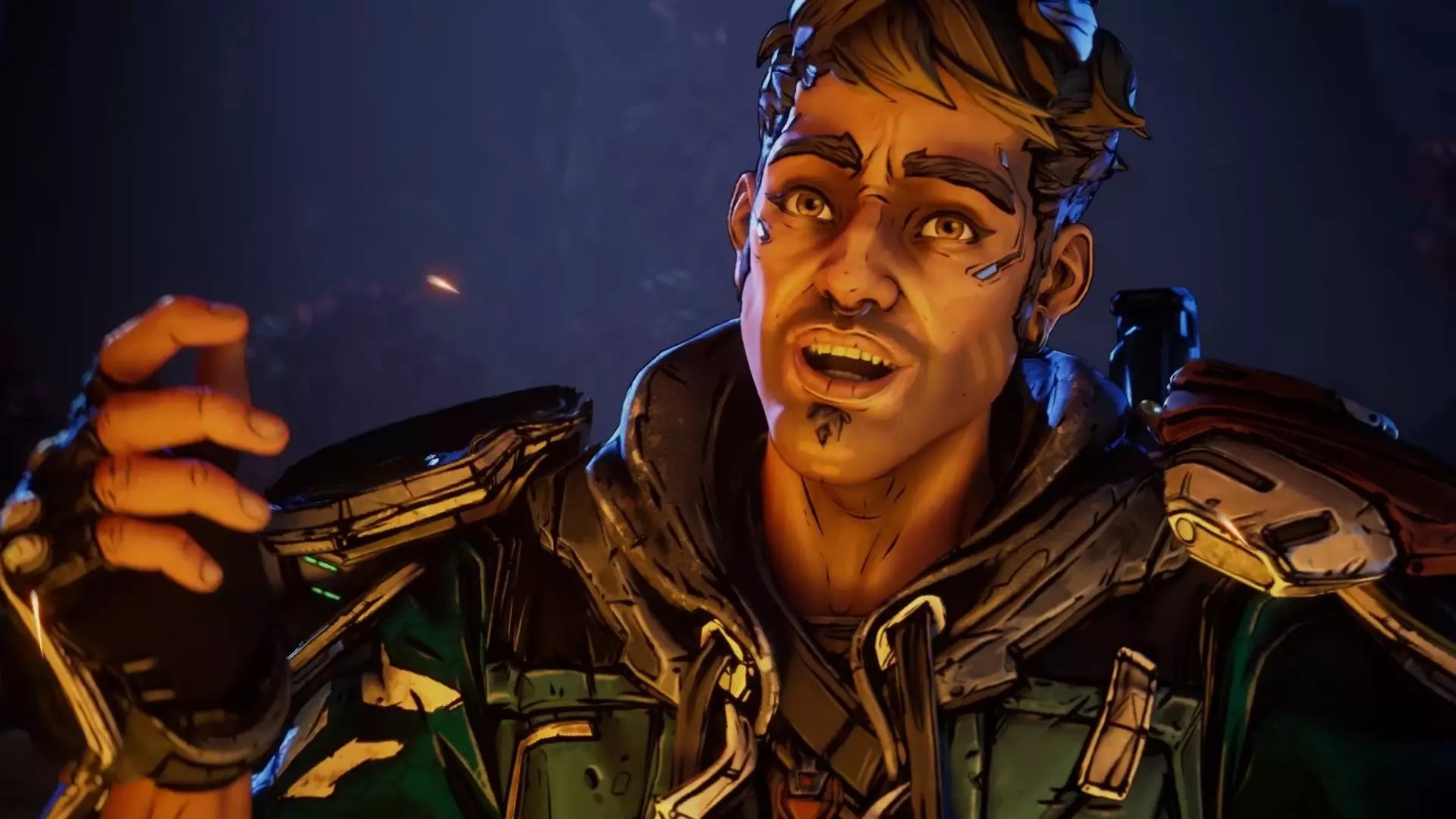Borderlands emerged as a groundbreaking force in the gaming industry by blending two seemingly disparate genres: first-person shooter and role-playing game. Randy Pitchford, the visionary behind Gearbox, proudly claims the title of pioneer for popularizing the looter shooter, a genre characterized by its emphasis on repetitive gameplay loops, expansive weapon variety, and loot-driven progression. While predecessors hinted at combining shooting mechanics with RPG elements, Borderlands refined and popularized this hybrid, establishing a template that would influence countless titles to come. Its success demonstrated an appetite for games that foster both action and depth, challenging developers to rethink how narrative and gameplay could coexist in a seamless experience.
What set Borderlands apart was its unique aesthetic and narrative tone—an audacious mix of humor, surrealism, and exaggerated characters—that created a vibrant borderland between reality and fantasy. Pitchford’s metaphor of the “borderland” underscores a central theme: fusion without fusion, where contrasting elements coexist in a symbiotic tension. This conceptual framing helped to communicate the game’s innovative spirit—placing players in a universe that defies traditional genre constraints, offering a space where comedy and drama, realism and absurdity intertwine freely.
Legacy and Impact: From Groundbreaking to Overexploited
Borderlands did more than carve out a niche; it ignited a new industry trend. The influence was swift and profound. Developers worldwide recognized the potential of loot-driven mechanics, leading to an explosion of similar titles—some celebrated, others derivative. Pitchford’s acknowledgment of the “twists” and excesses that followed highlights a common pitfall: the genre’s evolution has sometimes veered into overcomplication or superficial gimmickry, diluting its core appeal. When games stray too far from what made looter shooters engaging—tight shooting mechanics, meaningful upgrades, satisfying loot loops—they risk losing their identity and player investment.
Interestingly, Pitchford feels humbled by the genre’s durability, initially doubting its longevity. This humility reflects a broader truth about innovation: even groundbreaking ideas are often underestimated or dismissed before they prove their staying power. Borderlands, perceived as a fleeting trend at launch, has endured for years—testament to its robust design principles and unique tone. Its success served as a wake-up call that blending genres could lead to fresh, compelling experiences, so long as developers respect the fundamental mechanics that make these games enjoyable.
Preserving the Core: The Danger of Overreach
Despite the genre’s growth, Pitchford warns against abandoning its foundational elements. In his view, the essence of the looter shooter lies in a delicate balance—how players feel when discovering new weapons, leveling up, and exploring expansive worlds. When this equilibrium is disrupted by over-ambitious experimentation or hollow gimmicks, the experience becomes less rewarding. It’s a reminder that innovation should not come at the expense of the core principles that make the genre engaging.
This stance invites a broader reflection on the nature of creative evolution. True progress involves respecting tradition while pushing boundaries sensibly. Borderlands exemplifies this philosophy: it innovated within recognized parameters, creating a formula that remains compelling precisely because it honors core gameplay mechanics. As the genre continues to evolve, developers must be judicious—embracing new ideas without sacrificing what makes looter shooters genuinely enjoyable. It’s not merely about chasing trends but about refining the art of game design rooted in tried-and-true fundamentals.


Leave a Reply